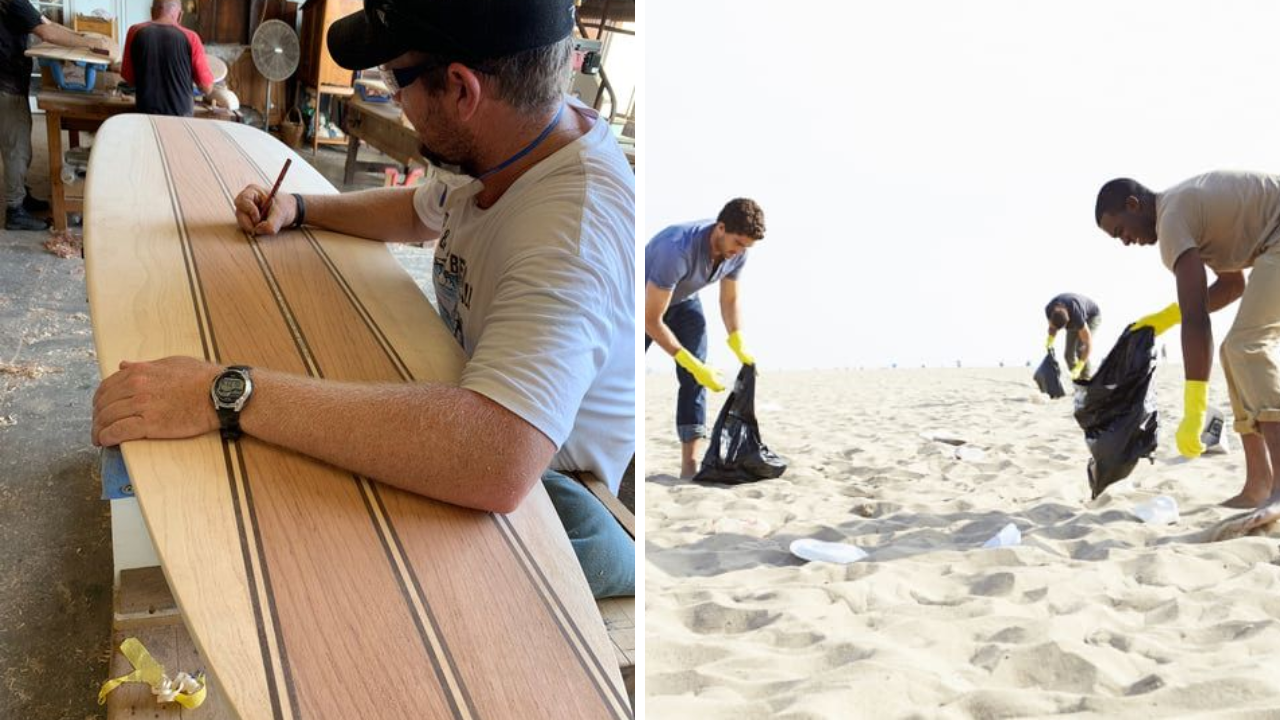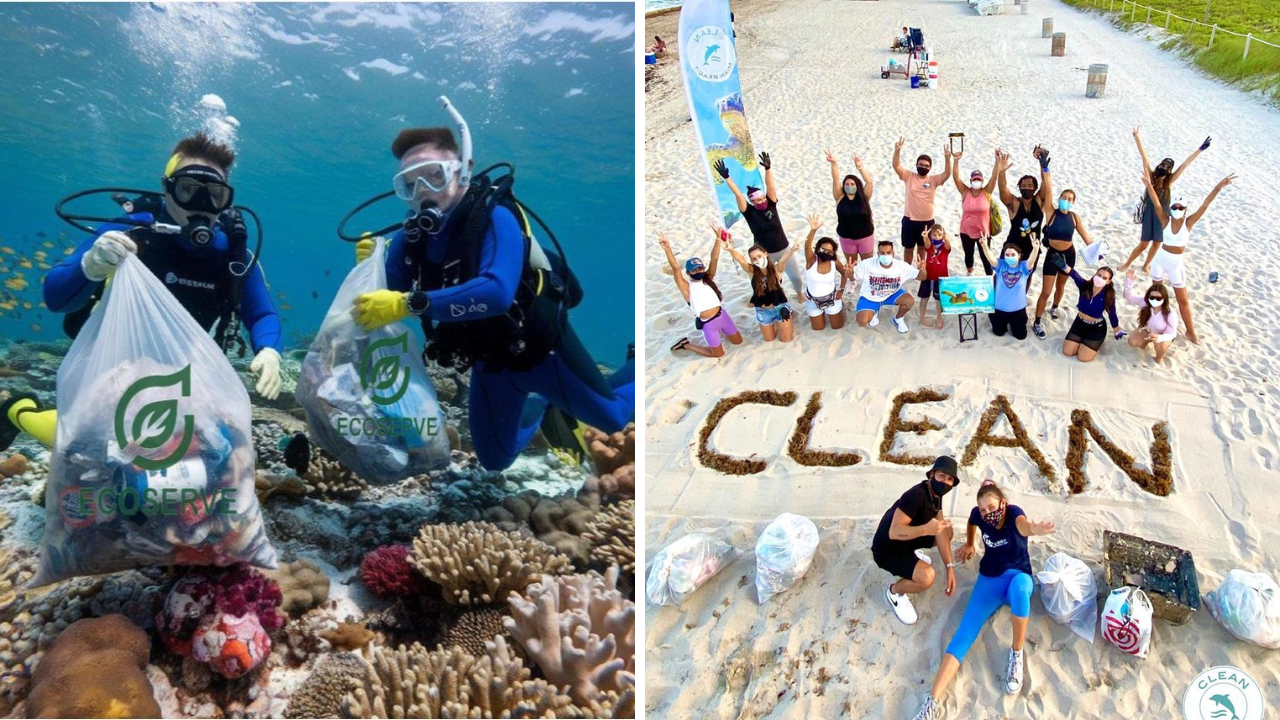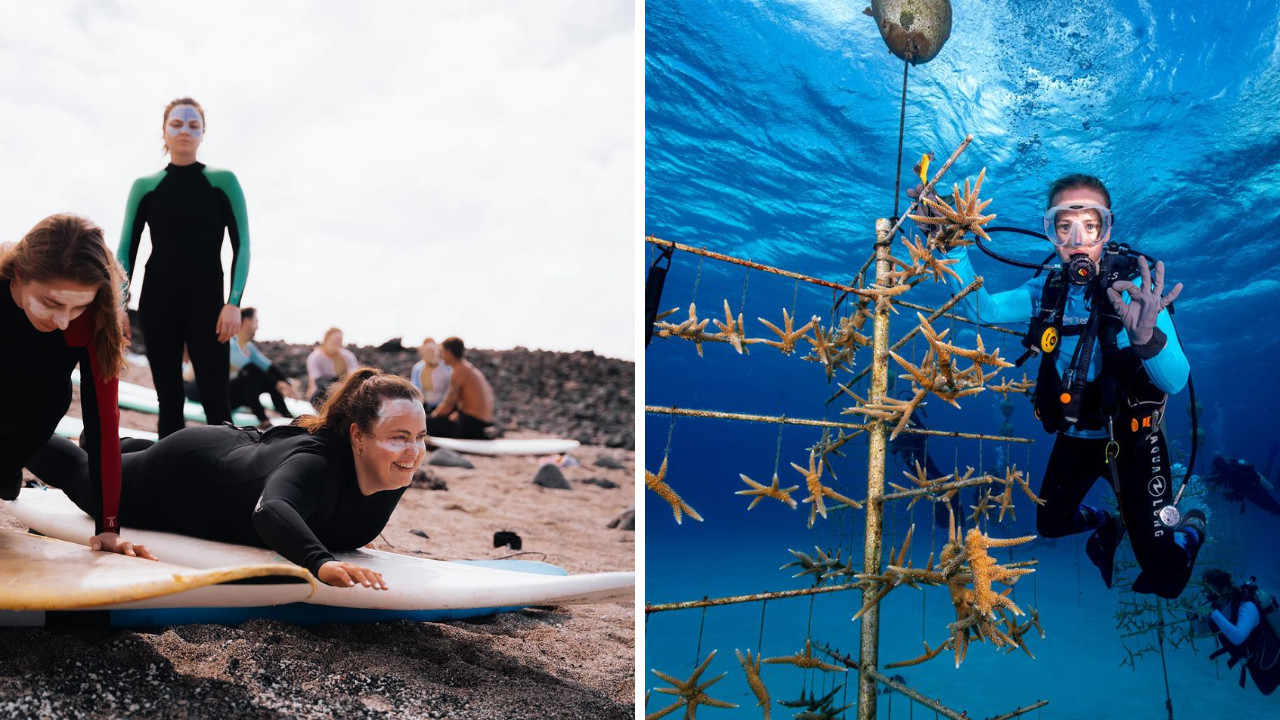eco surfing is a sport that brings joy and excitement to millions around the world. The feeling of riding the waves, being immersed in the ocean’s energy, and connecting with nature is unparalleled. However, as surfers, we must acknowledge the impact our love for the sport has on the environment. From plastic pollution to carbon footprints, surfing, like many other outdoor activities, has an environmental cost.
That’s where eco surfing comes in. Eco surfing is all about enjoying the sport responsibly, reducing our environmental impact, and protecting the very ocean we surf in. Whether it’s using eco-friendly surfboards, participating in ocean cleanups, or supporting sustainable surf destinations, there are many ways we can enjoy the waves while preserving the planet.
In this article, we’ll dive into the world of eco surfing, explaining what it is, how to practice it, and why it’s important for the future of both the sport and the environment.
🌊 What is Eco Surfing?
Eco surfing refers to the practice of surfing in a way that minimizes harm to the environment. It includes making conscious choices that help protect the oceans, beaches, and wildlife. Eco surfers embrace sustainability and seek to reduce their impact on the planet by using eco-friendly surf gear, supporting conservation initiatives, and adopting sustainable practices both in and out of the water.
Eco surfers are part of a growing community of individuals who understand the importance of respecting nature while enjoying the sport. From choosing sustainable surfboards to reducing plastic waste, eco surfing is about making informed choices that have a positive impact on the environment.

🏄♂️ How to Practice Eco Surfing
1. Choose Eco-Friendly Surfboards
The materials used to make traditional surfboards are often not sustainable and can contribute to pollution. Eco-friendly surfboards are made from sustainable materials like recycled foam, biodegradable resins, and plant-based products. Brands such as Firewire, Greenfix, and Earth Technologies offer boards that reduce the environmental impact of surfing while still delivering excellent performance.
By opting for eco-friendly surfboards, you can help reduce waste and pollution, supporting a greener surfing industry.
2. Use Eco-Friendly Surf Gear
Surf gear such as wetsuits, leashes, and surf accessories can also have a significant environmental impact. Traditional wetsuits are made from neoprene, a petroleum-based material that can take years to decompose. Fortunately, there are now eco-friendly wetsuits made from natural rubber or recycled materials, which are more sustainable and environmentally friendly.
In addition, many surf companies now offer reusable water bottles, plastic-free bags, and other eco-conscious accessories to help reduce plastic waste. Opting for eco-friendly gear is an easy way to make your surfing routine more sustainable.
3. Support Sustainable Surf Schools
One of the most effective ways to practice eco surfing is to learn from surf schools that emphasize sustainability. Many surf schools are now teaching their students about the importance of ocean conservation, plastic reduction, and sustainable practices. These surf schools offer lessons that go beyond teaching surfing techniques—they focus on respecting nature and the environmental impact of surfing.
When choosing a surf school, look for those that:
- Use eco-friendly surfboards and gear
- Teach sustainable surfing practices
- Organize beach cleanups and environmental awareness programs
By supporting these schools, you’re helping to spread the message of sustainable surfing to a wider audience.
4. Reduce Plastic Waste
Plastic pollution is one of the biggest threats to our oceans. When surfing, it’s essential to reduce plastic use wherever possible. Bring a reusable water bottle to the beach, use plastic-free sunscreen, and carry a cloth bag for your gear instead of plastic bags. Many surfing destinations have started adopting plastic-free policies, and as surfers, we should do our part to minimize plastic waste.
Participating in ocean cleanups or simply picking up trash at the beach can also help protect marine life and keep our surf spots clean and beautiful.
5. Choose Eco-Conscious Surf Destinations
Certain surf destinations are leading the way in sustainable surfing practices. These destinations focus on protecting marine ecosystems, reducing waste, and supporting local communities. When choosing your next surf trip, consider destinations that prioritize sustainability.
For example, some surf spots:
- Offer eco-friendly accommodations that use renewable energy and minimize waste
- Support marine protected areas (MPAs) that help conserve marine life
- Work with local communities to create sustainable tourism initiatives
By choosing eco-conscious surf destinations, you can enjoy the waves while supporting environmental conservation and local economies.

🌱 Benefits of Eco Surfing
1. Protecting Marine Life
Marine life faces significant threats from pollution, overfishing, and habitat destruction. By adopting eco surfing practices, you’re helping reduce these threats and ensuring that marine ecosystems remain healthy for future generations.
2. Reducing Your Environmental Footprint
Eco surfing helps reduce your carbon footprint by choosing eco-friendly surf gear and sustainable travel options. It’s a simple yet effective way to enjoy surfing while being mindful of the environment.
3. Supporting Local Communities
Many sustainable surf destinations support local communities through fair wages, community-based tourism, and conservation efforts. By choosing eco-conscious surf schools and destinations, you’re helping create positive economic impacts for local populations.

🌍 How Eco Surfing Contributes to Ocean Conservation
Our oceans are facing numerous threats, including plastic pollution, climate change, and overfishing. As surfers, we have the unique opportunity to be part of the solution. Eco surfing is about more than just riding the waves—it’s about using our love for surfing to support ocean conservation and sustainability efforts.
By embracing eco surfing, we can:
- Participate in ocean cleanups and conservation projects
- Support sustainable surf tourism
- Advocate for ocean-friendly policies and practices
Eco surfers can make a significant impact in protecting the environment, one wave at a time.
🏁 Conclusion
Eco surfing is more than just a trend—it’s a necessary movement to ensure that surfing remains a sustainable and responsible activity for future generations. By choosing eco-friendly surfboards, participating in beach cleanups, and supporting eco-conscious surf schools, you can enjoy the sport while helping protect the very environment that makes surfing possible.
Whether you’re a seasoned pro or a beginner, practicing eco surfing allows you to enjoy the ocean in a way that minimizes your impact and preserves it for generations to come. Together, we can make surfing a force for good—one wave at a time.
Read this also: Sustainable Surfing Near Me: Eco-Friendly Surfing Spots









